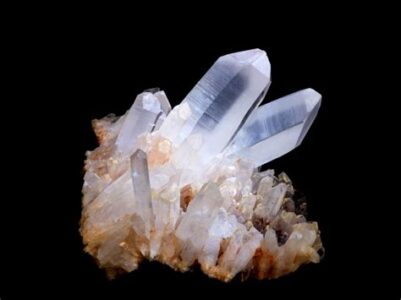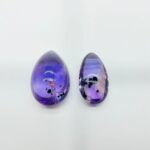In the realm of geology and exploration, the discovery of rocks that glow in the dark has sparked both scientific curiosity and widespread fascination. These luminous rocks, known as phosphorescent or fluorescent rocks, possess the remarkable ability to absorb energy during the day and emit it as light at night, creating an ethereal glow that illuminates the darkness.





























